OFweek smart home network news: 2016 is not so smooth for the Chinese color TV industry.
On the one hand, with the participation of Internet companies such as LeTV, Xiaomi, and PPTV, China's color TV industry was forced to welcome a wave of "price wars." On the other hand, with the rising cost of upstream, especially the rising cost of LCD panels, China's color TV industry has yet to usher in a storm of price increases.
Just as this price fluctuates, the retail sales volume of the color TV industry in 2016 has historically broken the 50 million mark. According to the data from Ove Cloud Network, China's color TV retail volume was 50.89 million units in 2016, an increase of 7.8% year-on-year; retail sales were 156 billion yuan, a year-on-year decrease of 1.8%. Even so, when comparing the data of the retail volume of 46.74 million units and retail sales of 157.2 billion yuan in 2015, it can be found that China's color TV industry is in the midst of “increasing production but not increasing incomeâ€.

The reason for this embarrassing situation is also understandable. As the world's major television producer and consumer country, the domestic color TV market has recently launched a price war because of the slowdown in the market growth, which has led to the long-term negative interest of some manufacturers. In this status quo, some people even analyzed that in 2015 will reach the peak of China's color TV industry.
In addition, the functions of traditional TVs in the past mainly include information acquisition, time consumption, and family entertainment. The entertainment methods they can provide are relatively simple. The main users are mostly women, children and the elderly. Traditional TVs are often not available to young people. Too attractive, they prefer to use these methods to pass time and get news when facing more convenient products such as computers and mobile phones.
However, the status quo that traditional television can hardly get users' attention may change.
With the continuous development of science and technology, the new way of human-computer interaction has finally come through a long period of dormancy. In the last year or two, with the rise of intelligent products, the way of interaction through voice has also ushered in explosive growth. The long-developed human-computer interaction technology has also begun to enter the lives of ordinary people and has begun an unprecedented rapid development stage.

For consumers, the current emphasis is on finding meaning in the product. Only by more accurately grasping the user's pain points can we get more favors. The future of interaction design lies in returning to humanity once again, and by better fitting the design of daily life, Or will bring new variables for smart TV.
Simple and simple design ideas make human-computer interaction into history
Human-computer interaction, originally referred to as the technology that enables dialogue between people and machinery through a medium, enables the exchange of information under certain conditions. Not only has the work efficiency been improved, but it has also accelerated the rapid development of the science and technology industry again and again.
Especially in the late 20th century, as the relationship between machines and people gets closer, the problem of human-computer interaction has also become more universal. The interaction between humans and machines has become a top priority for scientific research. The typewriter was the first to appear during this period of time, which further prompted the emergence of modern keyboards with typical significance in the history of human-computer interaction.

The initial typewriter keyboard was actually arranged in the order of ABCD. However, the typewriter at that time was an office machine with a mechanical structure. Therefore, if the number of keystrokes on the keyboard is too fast, the combination of certain keys is prone to problems with the card keys. Smart Americans invented the QWERTY layout of our familiar keyboard, and this layout is also inherited in the future development of human-computer interaction, and eventually formed a keyboard that is currently available in the market.
However, if you want to greatly improve work efficiency, relying solely on the keyboard is far from enough. With the development of the times, information that humans have to deal with is no longer as simple as writing. So people urgently need a more intuitive and more convenient way of interaction. This has become the reason for the emergence of the mouse. The emergence of the mouse for the first time let people feel the charm of free interaction. The user can freely click anywhere on the screen, while the complex data processing broadens the scope of application of the machine.

Although the keyboard and mouse now do not look as large as the later "speech" or "touch" methods, the nature, humanity, simplicity, and sensibility that the keyboard and mouse display in the design kernel are indeed worth learning. With the development of human-computer interaction technology, it has promoted the emergence and development of a series of emerging industries. On the other hand, every advancement of human-computer interaction does change the way humans operate machinery.
Image interface changes the user experience
Communication between humans is so common and smooth, but machinery is still unable to achieve a more natural way of communication, constantly tangled and struggling with digital and analog in two distinct ways in the process of human-computer interaction.
Since the middle of the last century, the operating system has been faced with earth-shaking changes, because at that time the performance of the machine was not an obstacle to public acceptance and recognition, even when it was invented a large-scale computer with superior performance, because almost no one knew how Use was thus abandoned by everyone.
However, the breakthrough in the operating system is definitely not so simple as changing the hardware. As far as technological development trends are concerned, it seems that since the last 70 years of the last century, if there is one technology that can create a new era, it is undoubtedly the greatest user-interface design and history of human-computer interaction design concepts and products.

The world's first graphical user interface came from Xerox PARC and developed the first personal computer using the Alto operating system. Alto has for the first time integrated all elements into a modern graphical user interface. It is quite small, but it has powerful processing images. Information and the ability to share information, has a "What you see is what you get" document editor, built a large number of fonts and text formats. In addition, Xerox PARC has also developed a program language and environment called Smalltalk, which has its own GUI environment.
It can be said that Xerox PARC visualizes those abstract tools in the computer as a graphical interface that children can understand and master. On the one hand, the emergence of graphical interfaces has not only changed the traditional way of human-computer interaction, but also pushed information technology to the cusp of the storm. On the other hand, because of this new way of human-computer interaction, the concept that was supposed to be abstracted now has become an inseparable part of our modern life. Today's highly developed graphical interface really blurs the virtual and reality. The boundaries of the world.
Human-computer Interaction Helps TV Personality Experience Promote Industry Development
Although human-computer interaction does not in essence promote product change, it actually intangibly broadens the use of these products. With the changes in the use of the environment, not only broaden the product more possibilities, but also to these products to a new height.
But when both the "big screen" and "content warfare" of smart TVs are in trouble, TV manufacturers seem to find that they can make a fuss about the operation mode. The old TVs are used to use the remote control. The way of manipulation has not been applied to the social needs of today.

Through the human-computer interaction system of the smart TV, factors such as user behavior, social hotspot, and personality setting can be implemented to extract the latest and hottest video content of the entire Internet, and the intelligent recommendation of the most matched video can be achieved through intelligent algorithms. People's thousands of personalized experience.
Not only that, with the implementation of the smart home vision, smart products such as mobile phones, tablets, wearables, smart homes, and smart cars are constantly emerging. At the same time, various businesses, software, and applications are rapidly gaining popularity, and more and more applications are beginning to begin. Introduce human-computer interaction system.
On the one hand, the technical level of human-computer interaction continues to increase, especially with the rapid development of speech synthesis and basic speech recognition technology. The second is the continuous expansion of business scale, not only stimulating smart products such as home appliances and mobile phones, but also the rapid development of related industries of smart cars. The emergence of a large number of outstanding companies, such as Nuance, Google, Science and Technology News, Jietong Huasheng such an industry pioneer.
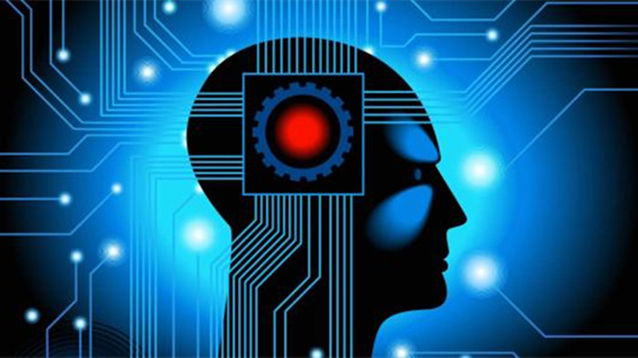
The human-computer interaction will bring more targeted choices to the user in terms of content, and in contrast to the traditional way of finding the favorite program on the conventional television, the remote controller must be used to operate differently. Not only has it firmly established the "people-oriented" foundation, it has also achieved the interaction and interconnection between products and has achieved the goal of truly liberating manpower.
The new interactive way is about to happen
With the continuous infiltration of Internet thinking, the convergence trend of the traditional home appliance industry is increasingly obvious, and the boundaries between products are increasingly blurred. Coupled with the maturation of the terminals in the home and the technology of data synchronization, the era of smart homes no longer exists only in the concept. At the same time, smart TVs that have already caught users' pain points have become the “core†of the entire smart home appliances, thanks to their rich resources and high compatibility.
In the process of smart TV becoming the core of the whole smart home appliance, the human-computer interaction mode is more and more diversified. In addition to the traditional TV remote control, the interaction modes such as voice control, gesture operation, face recognition, and touch control are all in Smart TVs have been applied to varying degrees, and various technologies are constantly evolving and becoming more sophisticated.

Among them, the voice control function is currently a relatively mature part of the development of smart TV human-computer interaction. The mainstream smart TVs are equipped with voice control and voice input functions. The leading voice input technology company, HKUST, and domestic mainstream smart TV manufacturers already have a cooperative relationship. The recognition of voice input is already quite high. In addition to voice input, current smart TV products continue to expand the scope of application of voice control and gradually realize the full control of voice over TV.
The functional competition of different brands of smart TVs is actually more of their own competition in user experience. TV companies that can stand out later in the game must be companies with distinctive features in service content, and they can provide consumers with better experience.
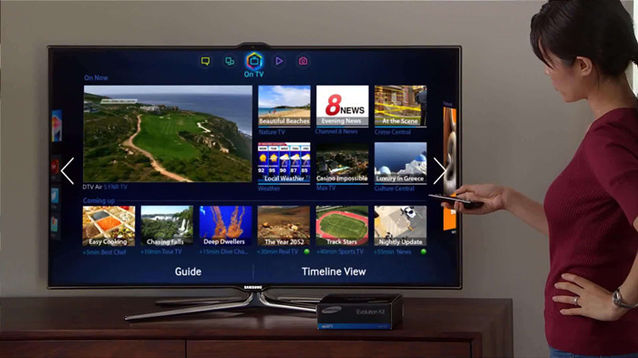
Therefore, the appearance of human-computer interaction has not only changed the existing user operation modes, but also enabled users to more easily see their favorite content through smart push based on human-computer interaction, saving time and cost, and avoiding inconvenience in massive video resources. The frustration, though it does not replace various applications, but it will eventually integrate into our lives, and bring us a new way of life, a lifestyle that can be simplified.
Human-Computer Interaction Enabling TV
While smart TVs are moving in a more intelligent direction, the weak hardware level has become a stumbling block in the way forward. On the one hand, because of the lack of a powerful chip, there is also a lack of cloud platforms and big data operations that can operate independently. , And no smart phones, tablet PCs and other mobile applications are fun, resulting in smart TV is not always smart.
In the final analysis, the smart TV before the "chip" level is too backward. For a long time, the "television chip" adopted by smart TV has lagged behind the "mobile chip" in performance. The simplest example is the processing speed required for large-scale games that can run smoothly on smart phones. To."
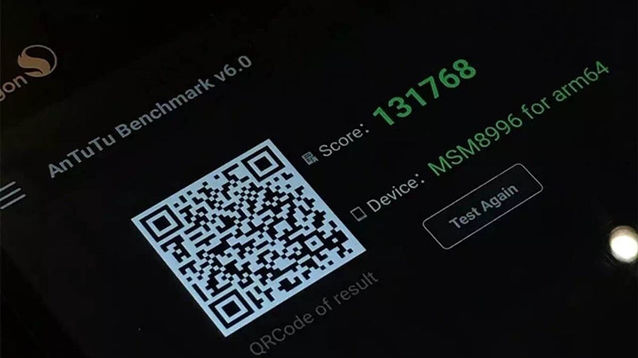
However, since the human-computer interaction began to be put into the TV market on a large scale, in order to achieve a smart TV and other smart devices that can achieve multi-screen interaction, multi-screen collaboration, and no Caton phenomenon, the smart TV chip has been upgraded. It is no longer a dream to connect TVs with mobile devices and mobile applications even more seamlessly.
At the same time, with the further application of human-computer interaction on television, smart TVs will have obvious differences from other smart home appliances. In the past, smart home appliances were more symbolically "smart", that is, through the way of large screen plus APP. The effect of failing to improve the quality of life is not to say that it has not been able to fundamentally liberate manpower. However, smart TVs can push intelligence to new heights through human-computer interaction.
With the advancement of technology, the appearance of various sensors has begun to allow human-machine interaction on smart TVs to enter a new stage. Both machines can actively "experience" the user's intentions. Although this experience is still very simple, it may simply be to automatically select screens or push programs easily. But this is an essential change in human-computer interaction. The interaction between people and machines is no longer simply "you say I listen."
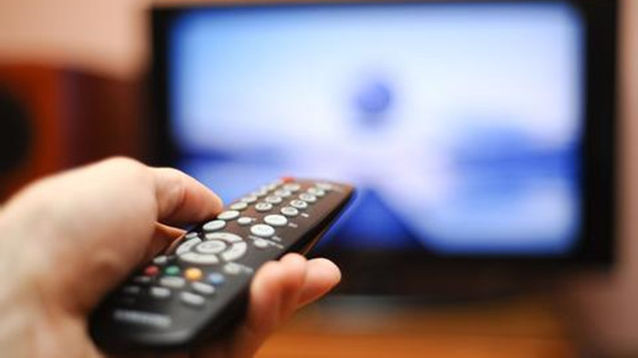
It may be said that it is human-computer interaction that is currently being promoted in the smart TV industry on a large scale, which makes the smart TV have a broader space for development. With the continuous upgrading of technology, it not only makes the smart TV the core of the smart family. At the same time, it also makes people's lifestyle begin to slowly change.
Smart TV will provide big data for artificial intelligence
Artificial intelligence will be the core of smart life. This is already universally accepted. However, in fact, currently launched artificial intelligence products based on smart life have not received attention in China.
As of January 2017, Echo's voice intelligence Alxea has mastered more than 7,000 skills, which not only means that behind Alxea, there is a considerable number of finished products that can be directly connected with Echo, which greatly enhances the product's use environment. While Google Home has a relatively low degree of compatibility, and can not get rid of its dependence on their own products, but Google Home integrates Google's latest assistant function, this function is similar to Apple's Siri, not just a simple voice command system, and It is joined with a certain artificial intelligence, neural network characteristics, not only can understand what the user is talking about, but also can realize interactive conversation. Relatively speaking, Amazon's Alexa will only achieve dialogue within a certain set value and will not respond to what it cannot understand.
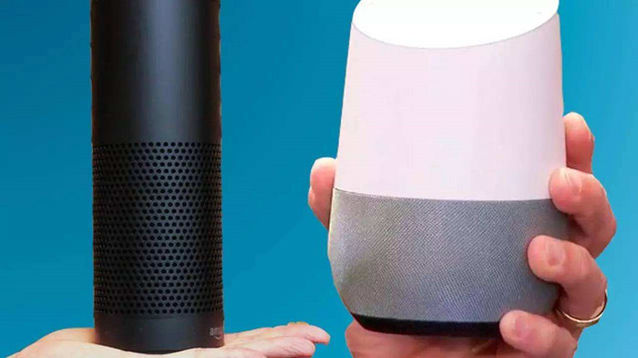
Even so, although the current two products are difficult to shine in the Chinese market, but it is a feasible direction for the development of smart home appliances platform, that is, the control of the entire smart home appliances product integration in one product.
Therefore, the smart TV has become the best candidate for the core hub of smart appliances by virtue of its “big screen†and “intelligent†features. On the other hand, through the continuous upgrading of human-computer interaction technology, smart TVs will adapt to more and more life scenarios. By analyzing these scenarios, a series of important data will be applied to artificial intelligence technologies.
In the future, the artificial intelligence that has already become the focus will make a qualitative leap through the use of big data. Behind the rapid development of artificial intelligence, smart home appliances, led by smart TVs, will be built. With advanced human-computer interaction technology, a complete set of smart living solutions will be constructed.
1. Pods usually refer to those prefilled with e liquid, coil and wicking material.
2. replacement vape pod cartridges also called refillable pod cartridges, as it name suggests, you can refill your favorite e juice. Besides, it come with coil, wicking material as well
3. Once you inserted your prefilled pod into the kit, you get a Closed Pod System
4. Once you slot into refillable pod into the kit, you get an Open Pod System
5. Pod system featured with inhale activated mechanism, rechargeable battery, handheld, small in size, providing an easier, quicker, and more modern way to vape.
6. Cartridge itself simply refers to the man-made shell, which is usually made from either plastic or glass, designed to hold contents. The most difference between pod and cartidge is cartidges does not come with coils and wicking material
Vape Pod System,Pre-filled Pod Cartridge,Ceramic Vape Cartridge,CBD Cartridge, Disposable Pod
Shenzhen Axiswell Technology Co., Ltd , https://www.medhealthycare.com